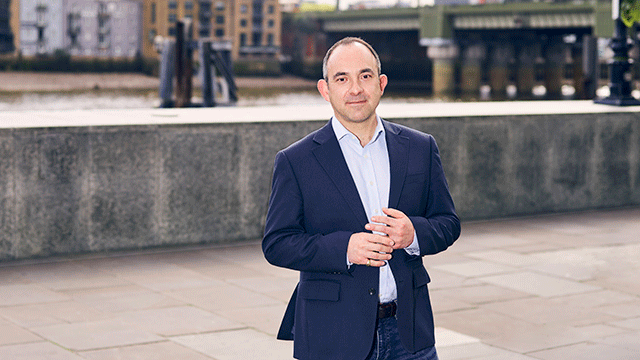EDITOR’S COMMENT: You may have noticed something a little different at EG this week.
A fresh new brand and logo, which bring together all of our products as one EG. The magazine and content that has been your partner in property for more than 160 years, the data product that we built especially for you to promote collaboration and a truer, more resilient and open approach to intelligence sharing, and our listing business that gives you direct access to the market.
It’s a bold new logo and one that utilises negative space to reveal our name.
That, of course, made me think about the moment in time that real estate is experiencing right now. There is a huge amount of vacant space either on the market or coming to market.
Debenhams this week announced that the remaining 49 stores in its portfolio would close between 12 and 15 May, ending its 200-year presence on our high streets. The iconic Topshop block, opposite London’s Oxford Circus Tube station – arguably one of the hottest retail sites in London – has finally come to market and a sale will properly draw a line under its almost 30-year history as Topshop’s flagship site. Even though Topshop has been gone from the site since its collapse, it’s still been the Topshop building to so many of us.
It is easy to look at this vacant space through a negative lens. To see it as being empty, void, perhaps even useless. But sometimes we need to see what isn’t there, to be able to envision what really is there.
Bear with me, reader. I promise I’m not going all woo-woo.
Repurposing plans for vacant spaces are being proposed all over the country. The vacant – or negative – spaces that have appeared on our high streets as a result of the last 12 months are slowly being brought back to life. Homes, entertainment, kitchens, workspaces and perhaps even some retail are starting to fill these spaces in a move that will create more of our towns and cities.
The Topshop block on Oxford Street will sell. And it will likely sell well. There are a host of well-known names active in the West End that have already been linked with it. It is a space that has the opportunity to deliver something amazing on Oxford Street. The neighbouring Nike store continues to delight both Londoners and tourists (when they come back – and they will), and the void that was the Topshop will be refilled.
But the fun and the responsibility comes in seeing what could be there and delivering on it. Any new landlord of 214 Oxford Street, W1, has to have the vision to bring something transformative to this most visible corner of London’s premier and world-famous shopping street. Their investment will not just be that of the £420m price tag Eastdil and KPMG have put on the building, but will be in Oxford Street’s future. What happens to that block, who continues to curate it so that Londoners and tourists continue to be drawn to it, will be the true value of that investment.
An empty space, like all empty spaces, that has the potential to deliver a really exciting future.
Just like ours here at EG.
To send feedback, e-mail samantha.mcclary@egi.co.uk or tweet @samanthamcclary or @estatesgazette










